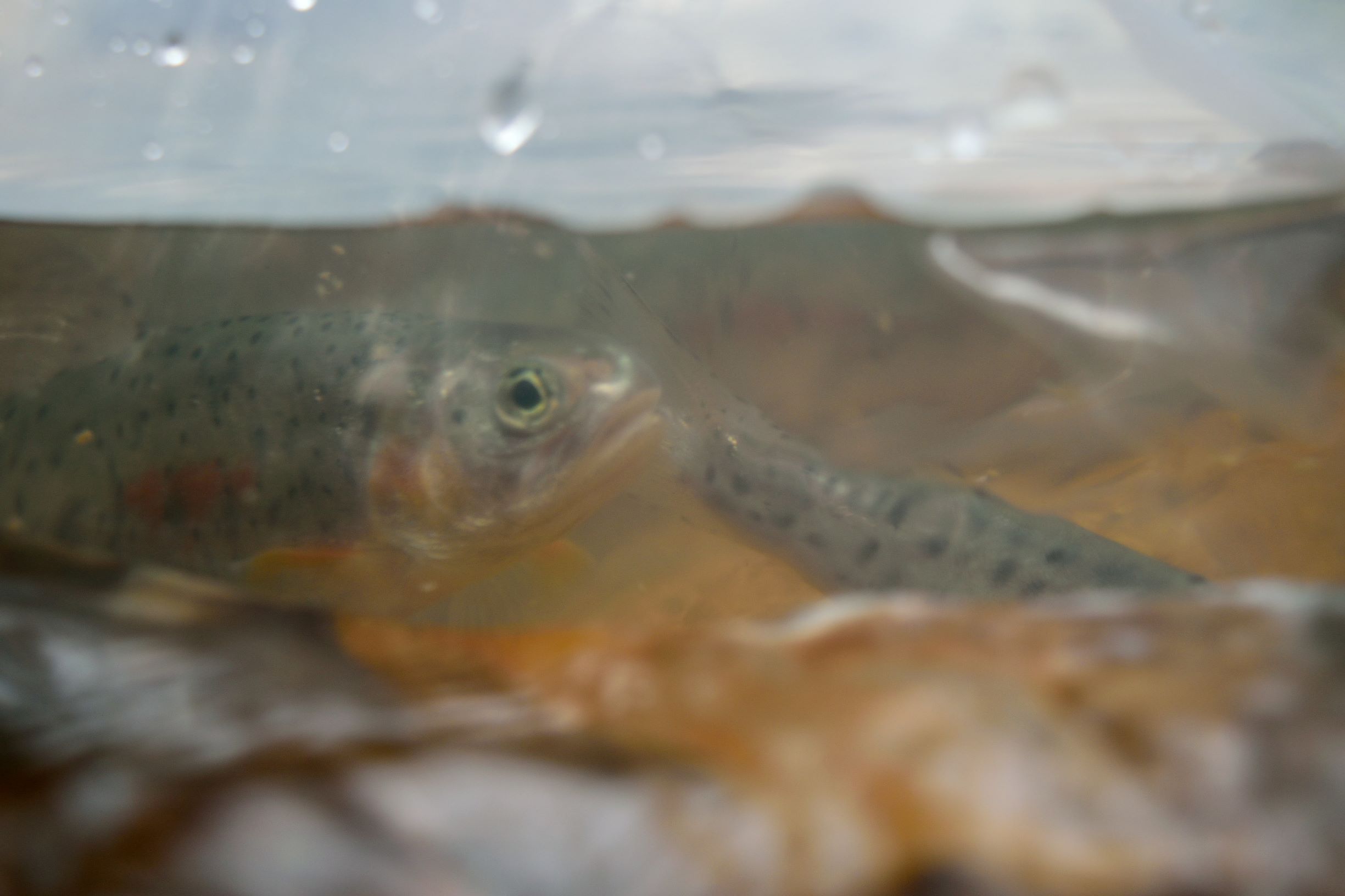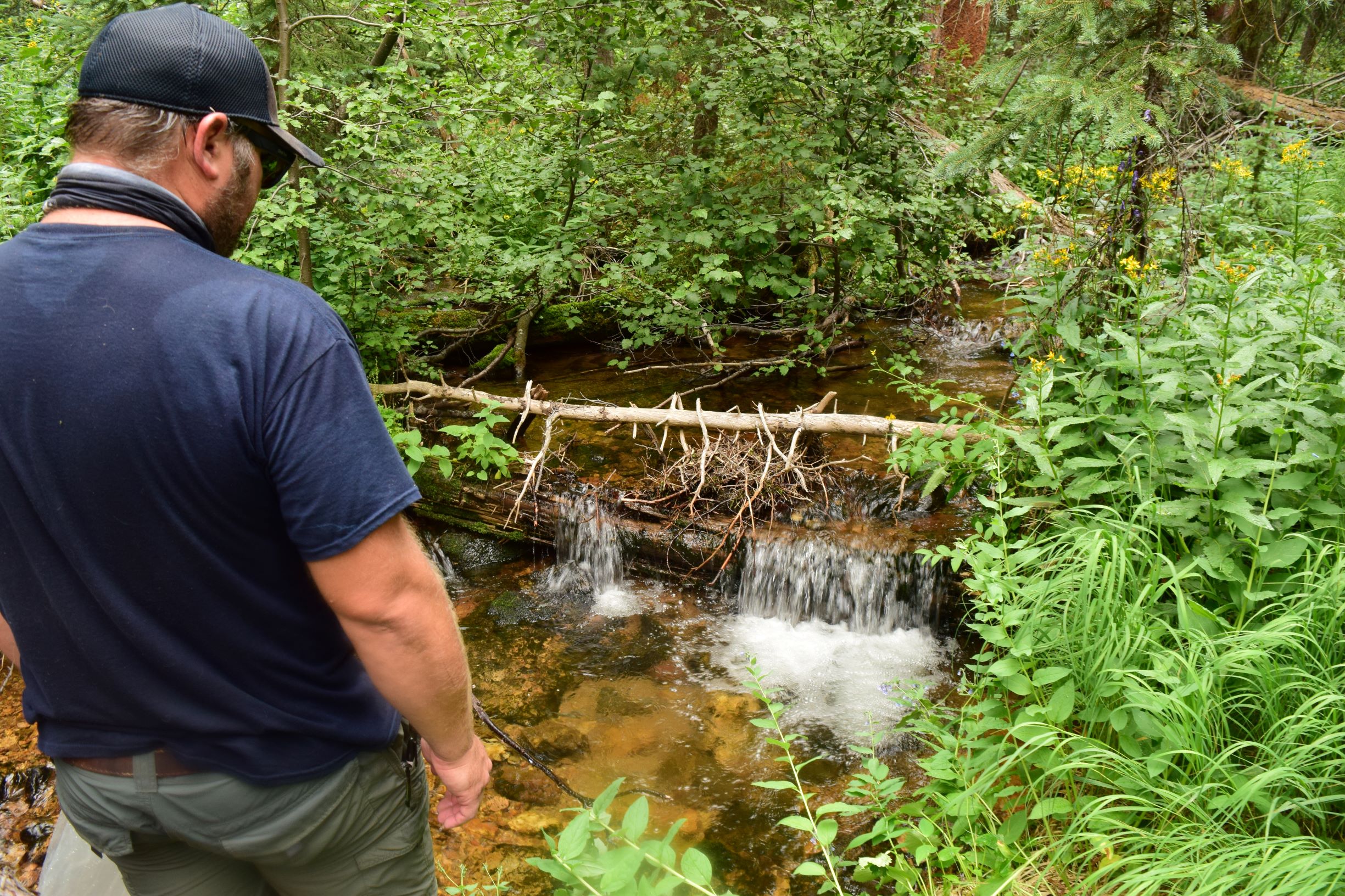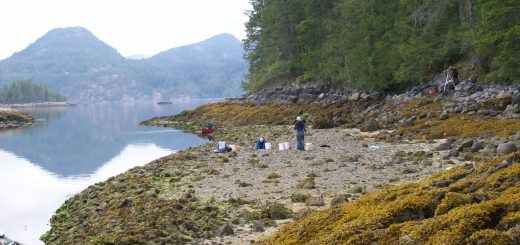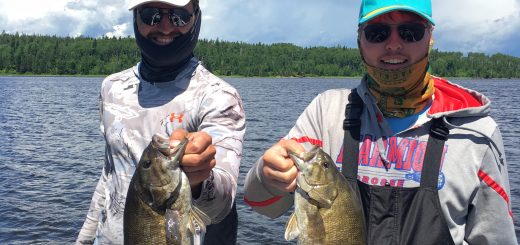Greenbacks Persistent
Eastern Colorado’s native trout, the Greenback Cutthroat, has been on the run for a while. Hemmed in by nonnative competitors and habitat loss, it was considered extinct by the 1930’s (Young et al. 2002). And then, a miracle – a remnant population was discovered in 1957, opening the door for listing as an endangered species and for reintroduction.
Colorado Parks & Wildlife subsequently undertook the massive mission of reintroducing the fish to streams and watersheds across the state – only to eventually discover that what had been stocked so painstakingly were a genetic mixed stock, rather than pure greenbacks. To this day one can still find old signs and unaware anglers across Colorado that brag of the “greenbacks” in their local river.
All of which is to say that this small fish is no stranger to the ebb and flows of conservation setbacks.
And so I found myself this summer as a small part in the massive effort to reintroduce genetically pure greenback trout, the latest step of a decades-long journey. Columns of Trout Unlimited volunteers and state employees filed upward and inward to the headwaters of a remote mountain stream in northern Colorado, each of us with a large plastic bag and a dozen finger-length, somewhat jostled fish strapped to our back.

This was the first of a multi-year sequence in which juvenile greenbacks were to be reintroduced to this barely-named stream that bubbles out of the mountains in a brush-choked trickle, before falling over a barrier into the Cache la Poudre River. It is a small stream for small fish – but hopefully not too small to preclude survival and eventual reproduction. As rain started to fall and I slipped my way back down the mountainside, I felt hopeful for the future of these fish.

On August 13, the Cameron Peak Fire blossomed out of the national forest west of Fort Collins. At the time of this writing it has grown to over 134,000 acres, consuming almost a hundred structures and becoming the third largest fire in Colorado history. Occasionally, I will go to the incident command website and pull up the map of the fire’s extent, glowing red and overlaid against the road and stream names that I know. If I zoom in then I can see a thin thread of a stream in the middle of the fire’s conquest, where only a month previously we had released a thousand small, doomed greenback cutthroat.
It seems unlikely that those fish will survive the ultimate consequences of this fire; even disregarding the direct heat, the subsequent siltation and ash will be extreme in such a small stream. It may very well be years before the stream is fit to allow another attempt, if it ever happens there.
Whether in the same stream or elsewhere, however, there will be more attempts. Much like the greenback trout, the most important trait that we can have in conservation is persistence.
References
Young, Michael K.; Harig, Amy L.; Rosenlund, Bruce; Kennedy, Chris. 2002. Recovery history of greenback cutthroat trout: population characteristics, hatchery involvement, and bibliography, version 1.0.. RMRS-GTR-88. Fort Collins, CO: U.S. Department of Agriculture, Forest Service, Rocky Mountain Research Station. 25 p.



